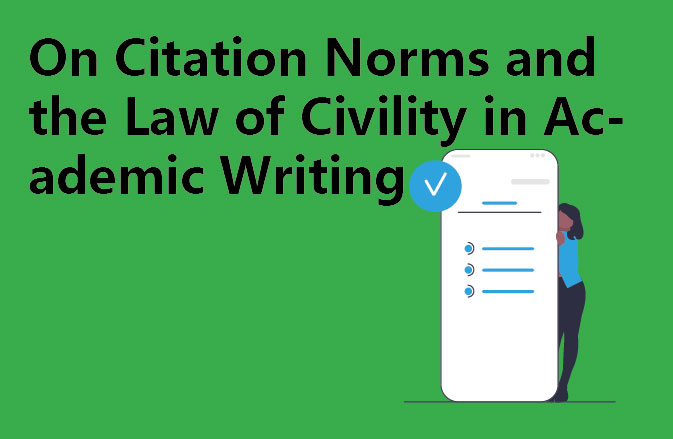I. Types of citations and scope of application
1. APA (American Psychological Association)
Applicable to psychology, sociology and other humanities disciplines, the format is simple and easy to remember, you only need to provide the author’s last name and publication date. For example:
Zhou, J. & Liu, Q., 2022. the effects of social media on emotional well-being: a meta-analysis. journal of Happiness Studies, 33(3), p.459-467.
2. MLA (Modern Language Association)
For English and other language disciplines, details of the author’s surname and number of pages are required. And all MLA-formatted papers should include a references page, with citations sorted alphabetically by author’s last name. If the author’s name cannot be found, the initials of the title of the article or book can be substituted. Example:
Thurber, J., 1956. the cat in the hat. HarperCollins Publishers Inc. of New York, NY. isbn: 9780062861665. pp. 1-30.
3. Harvard
This format is widely used in the natural and social sciences and requires only the author’s surname and year of publication. For example, to cite a book fragment, it can be written like this: author’s last name + first initial + year + book title (in italics) + edition + publisher’s location:publisher + page number. Example:
Aristotle, 384 B.C. The Politics. translated by W. D. Ross. Oxford University Press, Great Britain. 4th ed. 1952. pp. 67-85.
4. Chicago
This format is mainly suitable for humanities and natural science articles, and in-text citations may be labelled with footnotes. Regardless of which way to remember is: the number of numbers to be sequential, the number is usually at the end of the sentence, disconnected from the punctuation, the content of the notes include: the author’s name, the name of the book, publication information (book information is categorised as a book, the newspaper article information is categorised as an article), such as the first way we introduced is the form of footnotes.
Second, endnotes and footnotes
For Chicago-style citation markup, the text of the right side of the top of the numerical serial number, endnotes or footnotes can be; footnotes in the citation of the text at the end of the bottom of the page, to be and the end of the text to leave four lines between the lines; the text and the note part of a single line spacing, but the note within the various items to be double-spaced; endnotes part of a separate page, the citation order should be in accordance with the articles appearing in front of and behind the order of the whole part of the arrow to be used in double double-spaced. In addition, to ensure that the elements of the annotation are complete, including: the author’s name (first name followed by the last name), the title of the book or article, publication information (based on the book and the publication of the respective list), the specific requirements are as follows:
Place of publication of the book/publisher – year of publication – page number (all three are integrated in parentheses) / Name of the journal of the article – volume/issue number – year of publication – page number.
Third, the summary
Keeping the above points in mind, I believe you have grasped the essence of the various citation formats. Now, the biggest challenge is not which format to choose, but finding the right references and making sure they are formatted as required. I hope this article has helped you to cope with the complexity of citation standards and the laws of politeness more easily, and that it has been of practical help to teachers and students while writing a beautiful chapter of your life.




